New Tax Law Changes--What Nonprofit Leaders Need to Know (But Often Don’t)
The 2025 passed federal tax law—coined the “One Big Beautiful Bill” (OBBBA)—contains several provisions that directly affect charitable giving, nonprofit operations, and how donors approach philanthropy. Yet from my experience consulting across the sector, most nonprofit leaders aren’t aware of the details or the implications. That’s a problem.
This new law, signed on July 4, 2025, reshapes giving incentives at every level. At first glance, some parts sound positive—like the universal charitable deduction for non-itemizers. Starting in 2026, taxpayers who don’t itemize (the vast majority) can deduct up to $1,000 (individual) or $2,000 (joint) for charitable contributions. It’s a long-requested move that gives smaller donors a reason to give—and claim the benefit.
But the law also limits benefits for traditional major donors. High-income individuals who itemize now face a 0.5% AGI “floor,” meaning only donations above that amount are deductible. Further, the value of their deduction is capped at 35%, even if they’re in a higher tax bracket. These changes may subtly discourage small-to-medium size gifts from affluent donors who typically give frequently throughout the year.
Corporate giving is also affected. Under the new rules, corporations can only deduct charitable contributions that exceed 1% of taxable income—a reversal of recent policy that had encouraged more giving flexibility. This could lead to more strategic, less spontaneous corporate philanthropy.
Meanwhile, higher education and large nonprofit employers face direct taxes. Private colleges with large endowments relative to student enrollment will now pay between 1.4% and 8% annually on net investment income, depending on the size of their assets per student. And nonprofits paying executives over $1 million annually will incur a new 21% excise tax, broadening a rule that previously applied only to a few top-paid employees.
One provision that hasn’t gotten enough attention: donors can now receive a nonrefundable tax credit—up to $1,700—for giving to public charities that provide K–12 scholarships. This could shift giving patterns in favor of educational nonprofits that meet that criteria.
In conversation after conversation, I find that nonprofit executives, advancement staff, and even board members are largely unaware of these changes. The tax code may feel distant or overly technical, but it shapes donor behavior—and your fundraising results. If you're not paying attention, you're likely missing opportunities to help donors give more effectively, or overlooking looming compliance and planning issues.
Now is the time for nonprofit leaders to learn what’s changed and adjust strategies accordingly. Philanthropy doesn’t happen in a vacuum—and tax law is one of its most consistent influences.


